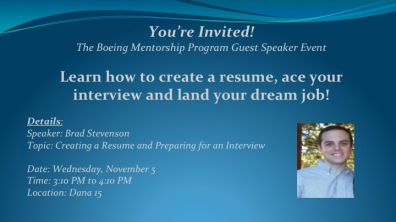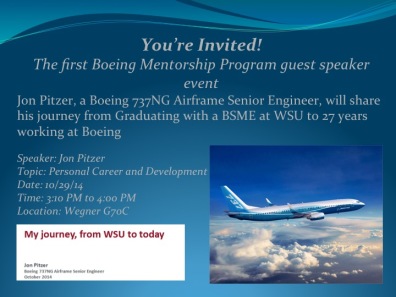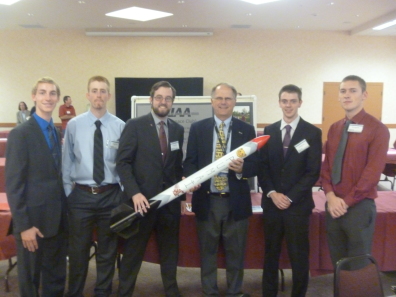Aerodynamics’ First Post!
jonathan.farrellLast semester: We researched rocket stability, aerodynamic principles such as lift and drag, and worked with the other teams to make a model of our rocket using the program OpenRocket (OpenRocket Model). This gave us a good idea of what we were working with in terms of stability and speed, and let us begin to design our rocket around these parameters. After much discussion and research, we decided on the following:
- Fins
- Number of fins: 4
- having four instead of three meant they could be made shorter and therefore stronger, even though it adds a bit of drag
- Type of airfoil: Thin, symmetrical
- Manufacturing: Hotwire cutting out of foam, then laminating with carbon fiber and epoxy
- Mounting process: through-the-wall mounting
- Number of fins: 4
- Nosecone
- Shape: Ogive
- This type of shape has the best performance at transonic speeds and good performance in the subsonic region as well
- Manufacturing: Turning high-density foam on a CNC lathe, then laminating with carbon fiber and epoxy
- Shape: Ogive
This semester: We’ve been working on finalizing our design for our fins and our nosecone. Taking into consideration our estimated max velocity of .9 mach, our nosecone and fins need to be able to perform well into the transonic speed range. To account for this, we’ve chosen the Von Karman Ogive nosecone shape and supercritical airfoils for our fins.
Looking forward: We will be working on manufacturing our nosecone and fins in the coming weeks.

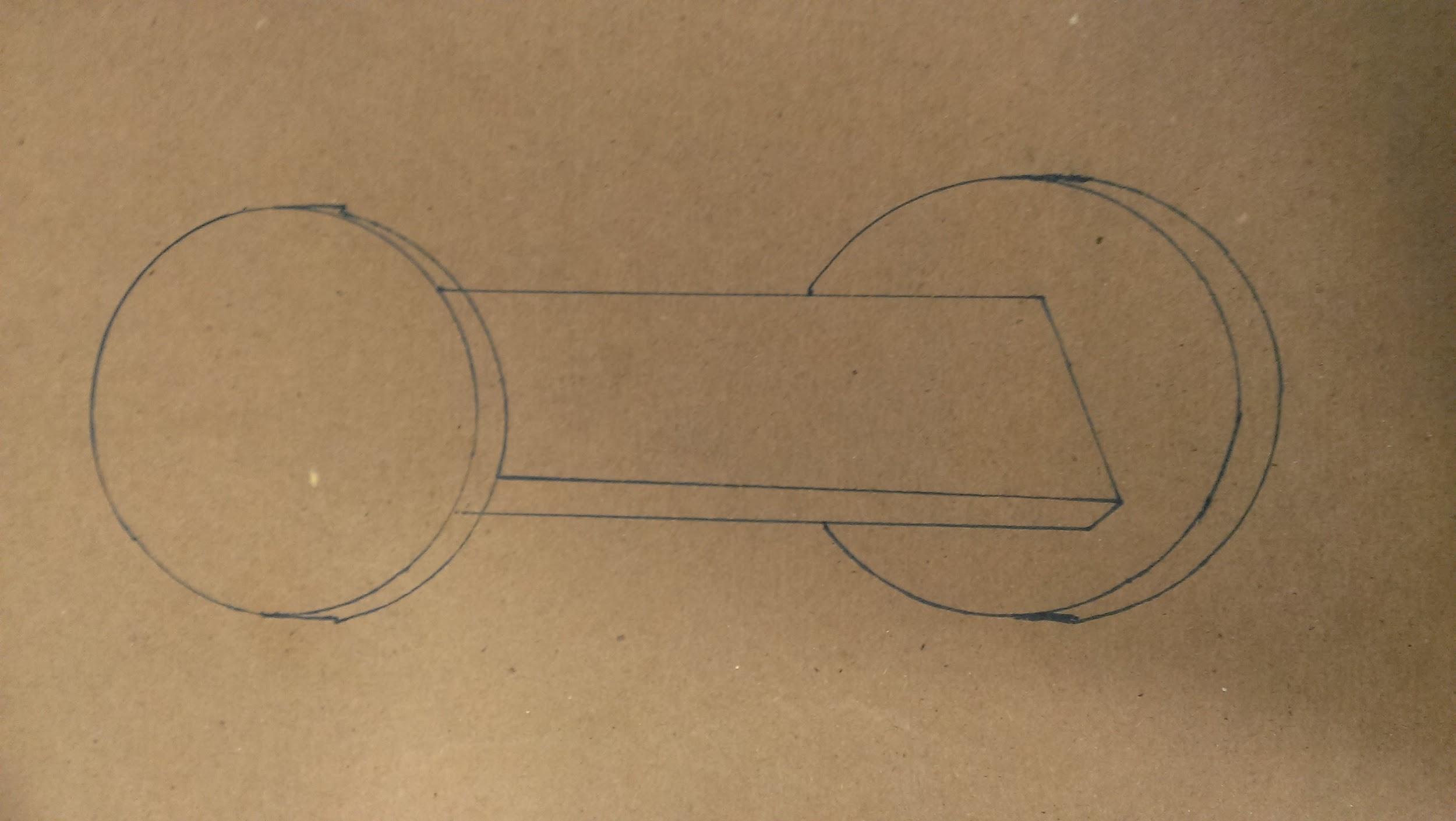
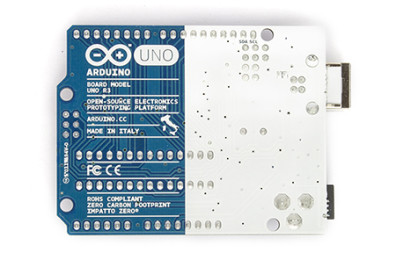
 Arduino Uno R3
Arduino Uno R3

